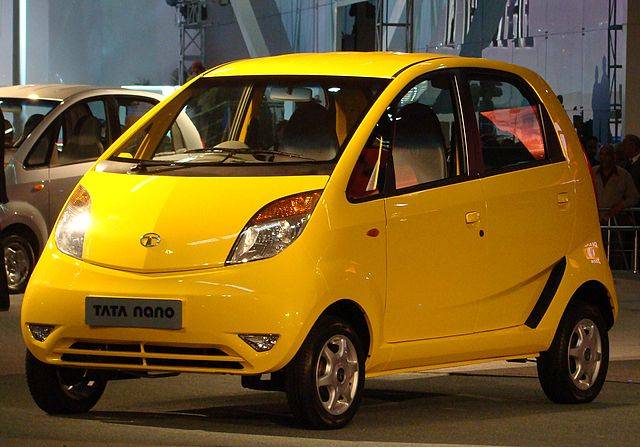The world has seen a great leap in the field of automobile industry in the recent years. While several automobile giants are spending money like water for the research and development of the self driving cars with advanced control systems, India has achieved a milestone by inventing a driverless car with low cost.
An autonomous car / driverless car /self-driving car /robotic car is a vehicle that is capable of sensing its environment and navigating without human input. An Indian engineer, Roshy John, who is the practice head of robotics and cognitive systems at Tata Consultancy Services (TCS) has fulfilled the long awaited dream of self driving cars in India into realization. The team behind this invention used a TATA Nano car for the research. The fact that the car has a spacious interior with enough room for computers, actuators and sensors makes the car an ideal vehicle for research.
Before prototyping the invention Roshy and team made 3D simulations of the driverless car to reduce the cost. The engine positioned in the rear of the TATA Nano provides enough storage space in the front to provide the necessary computers, actuators and sensors. The team, through reverse engineering learned how to hack into the vehicle’s electronics to connect sensors, actuators and engine scanners.
In this invention, the manual transmission of the TATA Nano is converted into an automated manual transmission. 3D simulationsand a scanner are provided to monitor the engine. Wheel encoders are provided to measure the speed of the wheel, multiple lidars (a surveying technology that measures distance by illuminating a target with a laser light) are provided to identify obstacles around the car, HDR cameras and GPS are provided to extract vital information of the car and its surroundings. Pedal robots are provided to connect with the accelerator, brake and clutch. Data from all the devices is sent to the software to be processed and to enable the car to drive on its own.
John and his team have also made a driving robot modular which can be fitted on to any vehicle. John has also filed patents protecting the concept. According to John, “Right through his career, he had encouraged his team members to experiment with advanced technology. He built this car to satiate his hunger for innovation in robotics and inspire others.”
Experiments have been conducted on automating cars since at least the 1920s promising trials took place in the 1950s and work has proceeded since then. The first self-sufficient and truly autonomous cars appeared in the 1980s, however the car invented by John and team is significant due to the low cost of making such a car.
Authored by Blessen Koshy.



